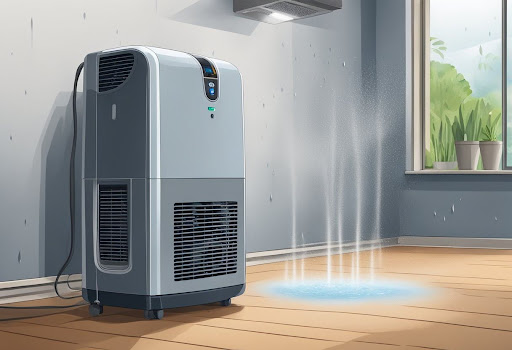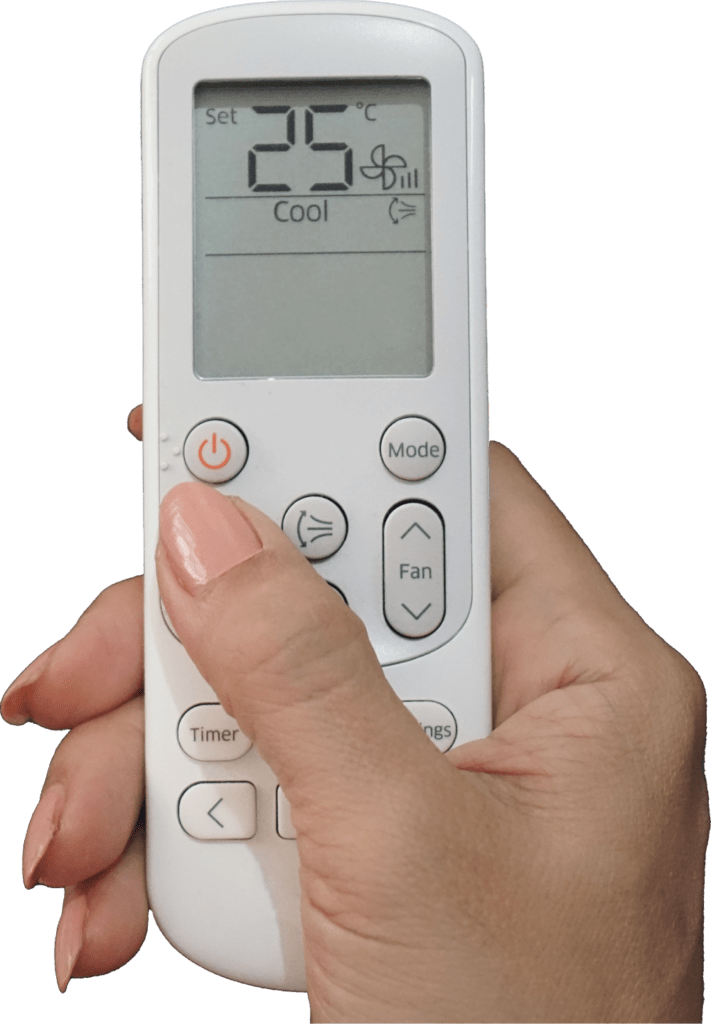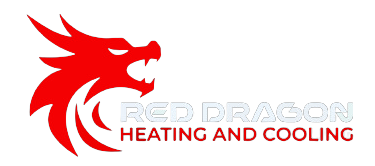- 518.348.9000
- [email protected]
- 117 Van Rd Gloversville,NY 12078
Dehumidifiers: Essential Tools for Optimal Indoor Air Quality
Excess humidity in your home can lead to a range of issues, from mold growth to an uncomfortable living environment. Dehumidifiers provide a practical solution to maintaining optimal moisture levels, ensuring a healthier and more pleasant indoor space. By effectively removing excess moisture, these devices can help prevent damage to your property and improve air quality.
Choosing the right dehumidifier can be daunting given the variety of options available. Factors to consider include room size, the extent of humidity problems, and specific features such as energy efficiency and noise levels. A well-chosen dehumidifier can significantly enhance comfort and protect your home from moisture-related problems.
Many modern dehumidifiers come with advanced features like digital controls, auto shut-off, and washable filters. These improvements make them more user-friendly and efficient. Investing in a quality dehumidifier can lead to long-term benefits, including reduced allergens and a more comfortable living environment.

518 Red Dragon Service Areas Include :

Amsterdam
Amsterdam Dehumidifiers

Gloversville
Gloversville Dehumidifiers

Johnstown
Johnstown Dehumidifiers

Broadalbin
Broadalbin Dehumidifiers

Fonda
Fonda Dehumidifiers
Mayfield
Mayfield Dehumidifiers
Northville
Northviille Dehumidifiers

Understanding Dehumidifiers
Types and Models
Dehumidifiers are essential devices used to reduce humidity levels in indoor environments. They come in various types and models, each designed to function effectively in different settings. Additionally, dehumidifiers offer numerous benefits such as improving air quality and preventing mold growth.
Dehumidifiers can be classified into various types, including refrigerant and desiccant models. Refrigerant dehumidifiers work best in warmer environments, using a coil to cool air and remove moisture. They are ideal for basements and living spaces.
Desiccant dehumidifiers, on the other hand, use a moisture-absorbing material and are effective in colder climates. These are often preferred for garages, crawl spaces, and colder areas of the home.
Portable dehumidifiers are user-friendly and can be relocated easily. Whole-house dehumidifiers integrate with HVAC systems, providing comprehensive moisture control throughout the home. Selecting the right model depends on the specific humidity control needs and environmental conditions.
How Dehumidifiers Work
Dehumidifiers operate by drawing moist air over a cooling coil. This process condenses moisture from the air, which is then collected in a reservoir or drained away. Once the air is dehumidified, it is reheated and released back into the room.
Key components include a fan, cooling and reheating coils, and a water collection bucket or continuous drainage system. Some models feature a built-in hygrometer, which monitors and maintains desired humidity levels automatically.
Energy efficiency is an important aspect to consider, with many modern dehumidifiers boasting energy-saving modes. Maintenance is also typically straightforward, involving regular cleaning of the reservoir and filters to ensure optimal performance.
Benefits of Using a Dehumidifier
Using a dehumidifier has multiple health and comfort benefits. Reduced humidity levels help mitigate allergies by decreasing dust mites and mold spores. This can significantly improve indoor air quality and respiratory health.
Dehumidifiers also protect home structures and furnishings from moisture damage. This is crucial in preventing issues like mold growth, wood rot, and corrosion of metal fixtures.
Moreover, a dehumidifier can enhance comfort by reducing the dampness in the air, making it easier to breathe and sleep. Energy-efficient models can also help lower energy costs by aiding HVAC systems in maintaining comfortable indoor climates.
Selecting the Right Dehumidifier
Choosing a dehumidifier involves considering its size and capacity, energy efficiency, features, controls, and maintenance requirements. Each of these factors plays a crucial role in ensuring the appliance meets the specific needs of the user.
Sizing and Capacity
Selecting the appropriate size and capacity for a dehumidifier is critical. The capacity is measured in pints per 24 hours, indicating how much moisture the unit can remove. For small spaces like bathrooms and closets, a dehumidifier with a 20-30 pint capacity is usually sufficient.
Medium-sized areas such as bedrooms and offices typically require a unit with a 30-50 pint capacity. For large or very damp areas like basements, a dehumidifier with a capacity of 50+ pints is recommended. Accurate room measurements will help in selecting a suitable unit.

Energy Efficiency and Ratings
Energy efficiency can significantly impact operating costs. Look for dehumidifiers with the Energy Star label, which signifies that the unit meets energy efficiency guidelines set by the Environmental Protection Agency (EPA).
Energy-efficient models use less electricity, which can lead to substantial savings in the long run. Check the Energy Factor (EF) rating as well, found on the device’s label, which measures the unit’s energy efficiency. Higher EF ratings indicate better performance and lower energy consumption.
Features and Controls
Modern dehumidifiers come with various features and controls that enhance usability and functionality. Important features to consider include adjustable humidistats, which let users set the desired humidity level, and automatic shut-off, which prevents overflow when the water tank is full.
Other notable features include continuous drainage options, built-in pumps, and washable air filters. Control panels should be user-friendly and might include digital displays, remote controls, and timer settings to schedule operation times.
Maintenance and Care
Proper maintenance ensures a dehumidifier’s longevity and efficiency. Regular cleaning of the water tank and filters is essential to prevent mold and bacteria buildup. Some units have washable filters, while others might need filter replacements every few months.
Drainage systems, either through tanks or continuous drain hoses, should be kept clear of blockages. Periodically checking for dust and debris in the coils and grills helps maintain optimal performance. Routine inspections can preempt problems and extend the device’s lifespan.
WHAT WE DO
Expert HVAC Care, Always.


Residential Installations
Trust us to transform your space into a haven of perfect climate control with our expert HVAC installations.

Commercial Installations
Trust us to transform your space into a haven of perfect climate control with our expert HVAC installations.

Thermostat Installations
Trust us to transform your space into a haven of perfect climate control with our expert HVAC installations.

Air Quality Solutions
Trust us to transform your space into a haven of perfect climate control with our expert HVAC installations.
